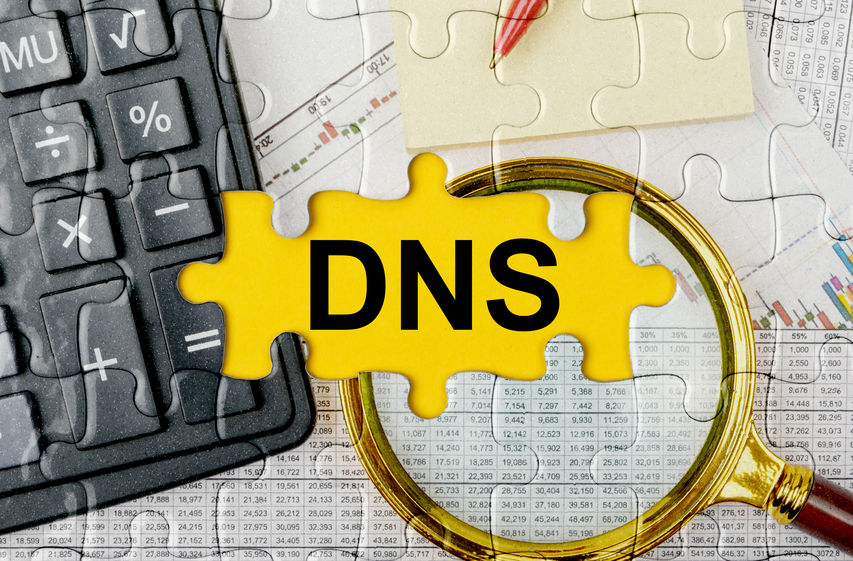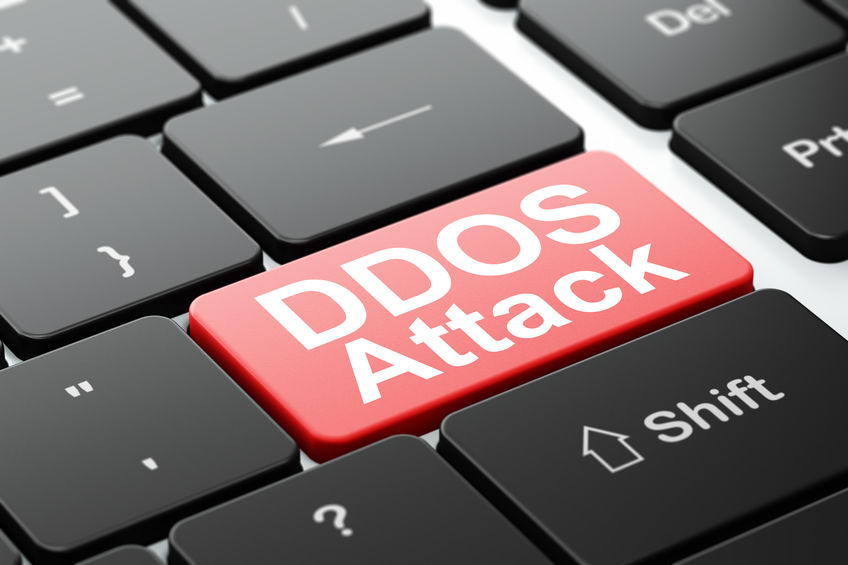How does the Host command work?
Host command explained
The Host command is a built-in utility software with a command-line interface (CLI) for DNS probing. You could find it pre-installed on most Linux distros like – Ubuntu, Linux Mint, Red Hat, or macOS. It serves perfectly for network diagnostics. In addition, the most common use of host command is to complete DNS lookups and check different information about a domain name and its DNS records.
It is a very light and quick tool that can give you data about different DNS records, such as A, AAAA, MX, NS, SOA, and more. In addition, it can provide you with information for the host, for instance, its IP addresses or check nameservers.









